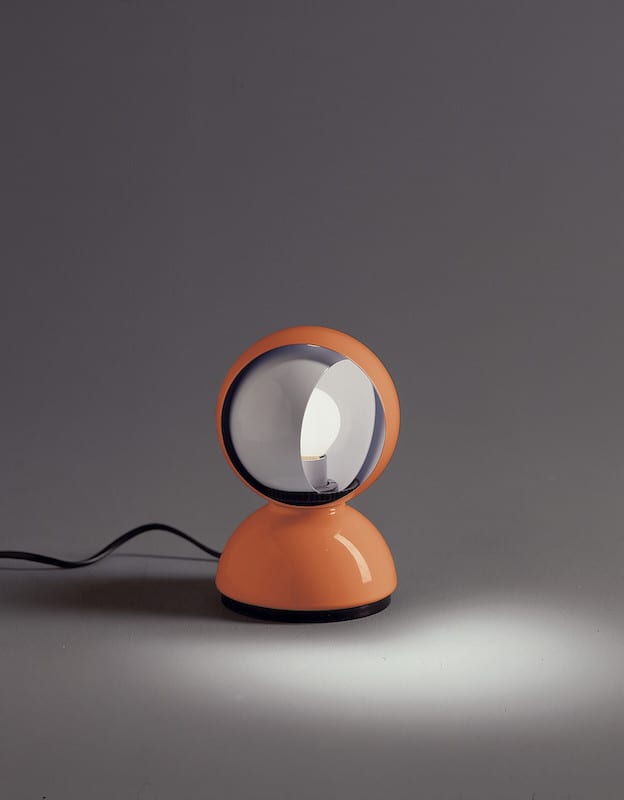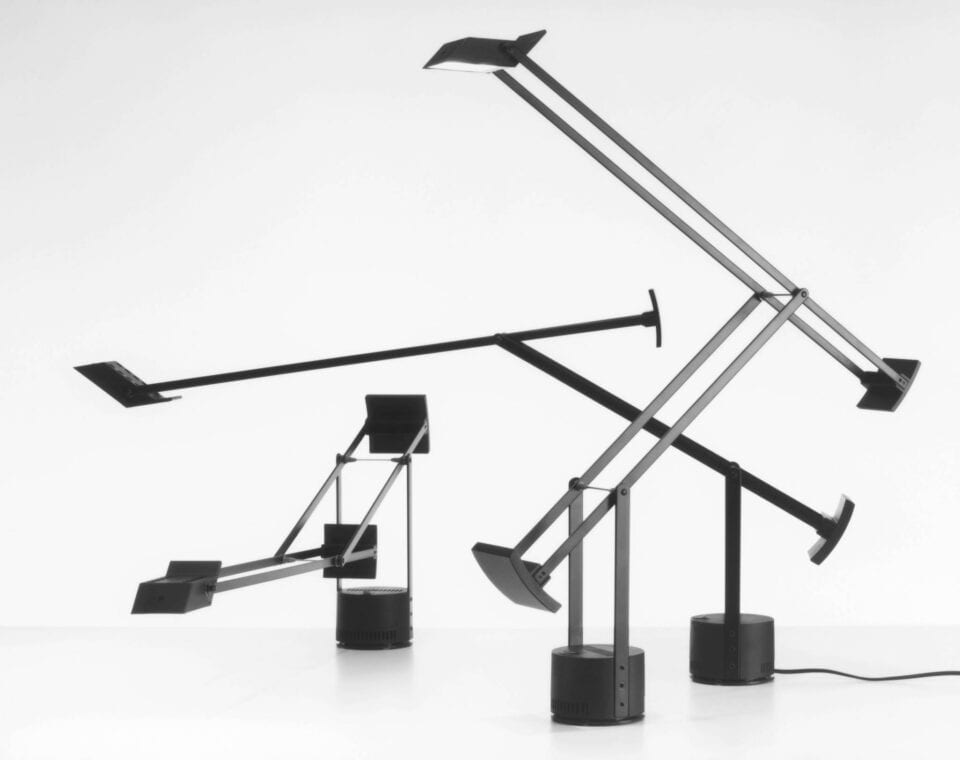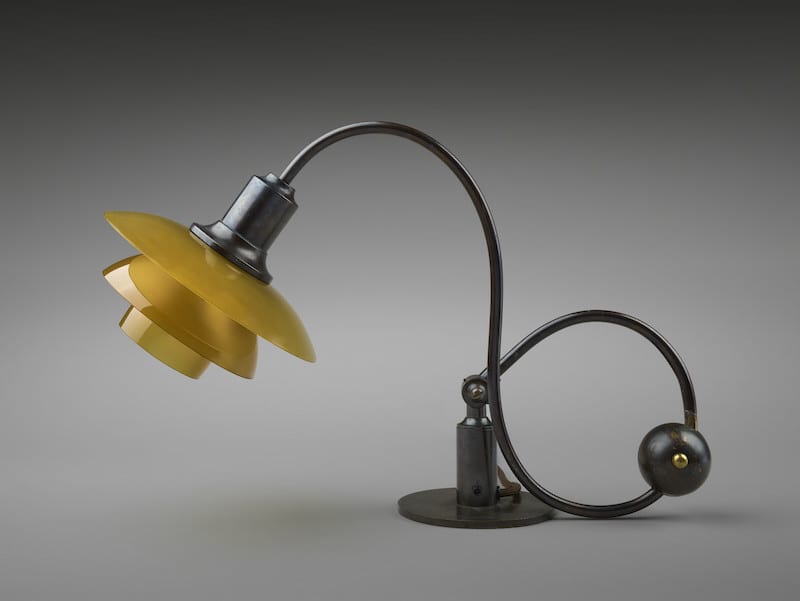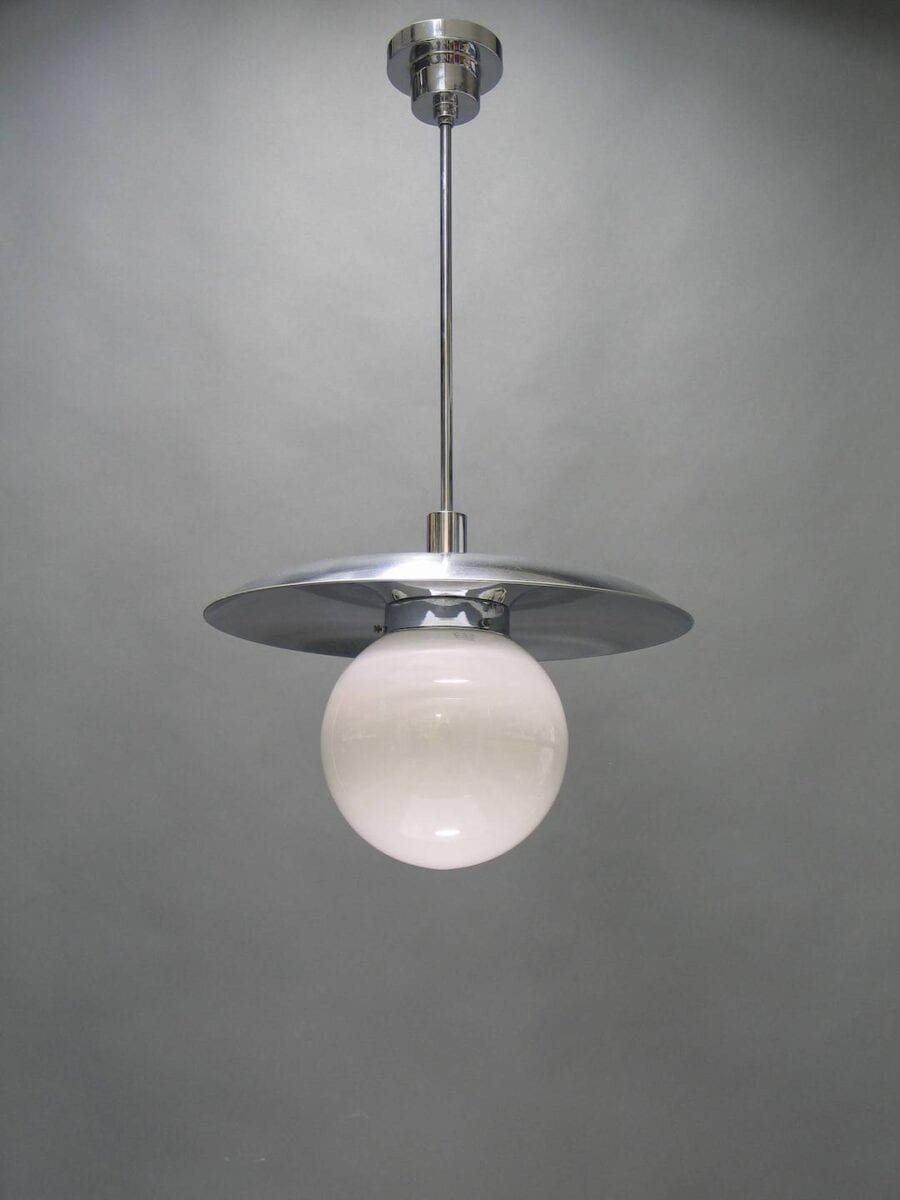In 21st Century Lighting Design (Bloomsbury, 2014), writer Alyn Griffiths states: “The 21st century has witnessed an un- precedented upheaval in the field of lighting design, with legislation banning the sale of the iconic incandescent light bulb, forcing designers and manufacturers to re-evaluate every aspect of lighting. The sudden extinction of a light source that has been fundamental to the design of lighting products for over 130 years – along with the introduction of energy-efficient alternatives with distinctly different physi- cal dimensions and luminescent properties – has rocked the industry and provoked an ongoing process of creative transformation that will shape our future relationship with light.”
But how did we get to this point? From the invention of the first electric light by British chemist Humphry Davy in 1808 to Philips’ development of the “ultra-efficient” lightbulb in 2011 (which Griffiths refers to above), lighting technology has fascinated engineers, scientists, architects and designers worldwide. Electrifying Design: A Century of Lighting is the first large-scale exhibition in the USA to examine internation- al lighting, surveying major avant-garde design movements whilst tapping into light’s innate ability to delight and inspire.
This exhibition presents 85 rare or limited-production ex- amples by the world’s leading innovators, including Achille Castiglioni, Christian Dell, Greta Magnusson-Grossman, Poul Henningsen, Ingo Maurer, Verner Panton, Gino Sarfatti, Ettore Sottsass and Wilhelm Wagenfeld. Electrifying Design is co-organised by Cindi Strauss, Curator of Decorative Arts, Crafts and Design at Museum of Fine Arts Houston, and Sarah Schleuning, Senior Curator of Decorative Arts and Design at the Dallas Museum of Art. In conversation, Strauss (CS) and Schleuning (SS) discuss the balance between aesthetics and functionality in some of the world’s most boundary pushing projects, realised and produced over the last 100 years.

A: Where and when did you begin planning for this semi- nal exhibition? Had you worked together before?
CS: I first had the idea for an exhibition on lighting design in 2001, but apart from a general outline, I did not begin fleshing it out until about 2008. For many reasons too long to enumerate, work in earnest did not begin for a number of years. I invited Sarah, who was then at the High Museum of Art, Atlanta, to join me as co-curator in 2016. At that point, we started from scratch from an organisational and thematic perspective, though my years of research on specific designers and manufacturers proved very useful when we started putting the ideas down. I had also built a collection of light- ing at the Museum of Fine Arts in Houston, 23 pieces from our collection ultimately became the basis for the exhibition. SS: As we developed the themes of the show, we wanted to amplify lighting as progenitor of design, leading through creativity and ingenuity. Whilst we highlight key designers, advances and the earliest version of ideas, we thought about dividing the exhibitions into sections based around the notions of typologies, the bulb as a source of creative inspiration, and the quality of light implemented through various techniques and materials. Since I joined Dallas Museum of Art, I have been building our modern and contemporary lighting collection, including works featured in the show by Marianne Brandt’s Button Lamp, Marc Newson’s Super Guppy, and Gino Sarfatti 600/p Table Lamp.
A: The show is split into three key sections: Typologies, Lightbulb and Quality of Light. How did you decide upon these conceptual or stylistic tenets, and were there any other thematic sections you considered?
CS: Initially, we looked at about a thousand lighting de- vices designed from the late 19th century to the present. We knew that we did not want to organise the show as a survey or chronologically, as those methodologies could not be thoroughly realised due to space and loan considerations. Ultimately, numerous ideas that touched on key design- ers, countries of origin, specific brackets of time, and design movements came forth as we recognised stylistic, techno- logical and material threads across the century. We work- shopped them all, determining which overlapped, which were central, and which yielded the clearest understanding of the evolution of lighting design, finally distilling them to three overarching ideas that had many layers to explore.

A: The first section, Typologies, looks at the placement of lighting for both domestic and public uses, considering direction and adjustability. How have designers consid- ered placement over the years, and in what ways has this influenced our ways of living – across the globe?
CS: In the early to mid-1900s, designers were influenced by increased domestic demands so they created new adjust- able lamps that would allow people to better read, work, and undertake hobbies after dark. The Anglepoise – produced in 1932 by British designer George Carwardine – defined this new typology, with its arms adjustable on many levels as well as movable shades that directed light. These were ar- guably part of the most important leap forward in lighting – responding to shifts in the way people lived and worked. In the contemporary period, those functional needs were al- ready met, so artists began to look at architectural spaces and the activities taking place within them differently, so they produced works to meet expanded definitions of light in the private and public spheres. Both of these responses altered global living in exciting, pivotal and experimental ways.
A: Lightbulb studies the functionality of the bulb itself, or the manifestation of “capturing light in a bottle” as German Designer Ingo Maurer suggested. How have de- signers played with the presentation of bulbs, both for its utilitarian purpose and unexpected aesthetic appeal?
SS: Whilst the bulb has played a tremendous functional role, it is also the creative driver for many works over the years, including Ingo Maurer’s incredible Bulb Light (1966). The idea of enshrining the bulb in a larger bulb-shaped casing amplifies its role in a whimsical way. Other designers mass bulbs together like Rody Graumans 85 Lamps uses “light lines” drawing in space such as with Eileen Gray ‘s Tube Lamp. Here, we can see that the sum is greater than its parts.

A: As the first large-scale exhibition of its kind in the USA, this show provides a huge survey of important pieces or concepts. How important was it for you to show the gen- esis of seminal designs, and mark their inception?
SS: The narrative is the three sections: typologies, the naked bulb and quality of light. In each section, we take a look at key pieces, the earliest examples of innovation, as well as the alchemy of the work. For instance, Carwardine’s early Angle- poise delves into the early versions of the task lamp, whilst Gaetano Pesce’s Moloch Floor Lamp is in the “wonder” por- tion of the same section. The show is not focused on chronology, design movement, or national identity, though you can see these ideas and elements reflected in individual works or groupings, like Post-War Italian design.
A: Beyond the historical interest in design – light is inherently playful, and blockbuster exhibitions including luminescent installations or colour blocking are certainly bringing in more and more audiences for their interactive, “Instagrammable” presentation. How will the curation provoke a sense of curiosity or play, and what are some of the key products that instil this sense of wonder?
CS: There are so many “wow” moments throughout the gallery – both big and small. Certainly, the immersive works draw attention due to their own scale and interactivity. Moooi Works’ Mega Chandelier is made of over 40 individual de- scending chandeliers; Studio Drift’s Flylight comprises indi- vidual hand-blown glass tubes that light up based on the movement of the viewer; Isamu Noguchi’s ethereal Akari lamps – characterised by traditional Japanese Gifu lanterns – offer users the experience of lighting as an environment.

A: What are your favourite pieces?
CS: I am partial to some of the quieter but revolutionary projects in the show – Wilhelm Wagenfeld’s adjustable early Floor Lamp; Gino Sarfatti’s Wall Lamp with its rhythm of coloured shades; Jacques le Chevallier’s Desk Lamp’s industrial aesthetic of exposed rivets and sheet metal; Toyo Ito’s Floor Lamp with its globes within globes; and Johanna Grawunder’s Giolight 1’s LED floating planes. I also have a deep-seeded love for the Italian works (Post-War and Radical).
SS: It depends on the moment, but I am always finding something new and exciting about all the works. Inevitably, what draws me to the subject is the field itself. In this moment, I love the purity of Noguchi’s Akari, with the simplicity of the delicate paper globe hovering around a naked bulb, and the intimacy of Artemide’s bright orange Eclisse lamp, with its half-domed sphere that can rotate to revel or hide the bulb behind it enacting your own private eclipse. Truthfully, I could point out something I love about each one.
A: Lighting has developed so much over the last century, even in the last couple of years. What do you think is the future of light in the next 50 years? Where can technology go on from this point in time? Does it need to?
CS: Who can predict how we will live and work in the future? Much of the next few years are, of course, uncertain. All I know is that lighting design as a discipline will continue to stylistically and technologically lead the way in responding to future needs and desires. Sustainability will certainly be major considerations for all future products.
SS: My hope is it that we continue to push the boundaries by finding new opportunities for exploration, innovation and engagement in a rapidly changing world. With the current shift to voice and app-driven interfaces – with AI and algo- rithm-based functionality in the home – will the physicality of turning things on and adjusting reflectors be lost, or will we find new ways to have and experience human interaction?
Words: Kate Simpson
Electrifying Design: A Century of Lighting, Museum of Fine Arts, Houston. Until 16 May. mfah.org
Image Credits:
1. Ron Arad, Ge-Off Sphere Hanging Light, 2000, polyamide, stainless steel, and bulb. © 2000. Ron Arad / Photo © tomvackphotographer.
2. Vico Magistretti, manufactured
by Artemide, Eclisse Table Lamp, designed 1966, made c. 1970, lacquered aluminum and bulb, private collection. © Archivio / Studio Magistretti— Fondazione Vico Magistretti.
3. Richard Sapper, manufactured by Artemide, Tizio Table Lamp, designed 1971, made 1972, ABS plastic, aluminum, metal, bulb. © Richard Sapper Archives.
4. Poul Henningsen, manufactured by Louis Poulsen & Co., PH 2/2 Piano Lamp, 1931, patinated brass, glass, and bulb,
the Museum of Fine Arts, Houston, Museum purchase funded by the Mary Kathryn Lynch Kurtz Charitable Lead Trust Fund; the American Institute of Architects Design Collection Fund; the Decorative Art Endowment Fund; and the GRITS Foundation.
5. Willem Hendrik Gispen, manufactured by W. H. Gispen & Co., Giso No. 23 Hanging Lamp, designed 1926, made 1930–36, chrome-plated brass, opal glass, and bulb, Collection VAN DEN BRUINHORST Gallery. © 1926 Willem Hendrik Gispen.




